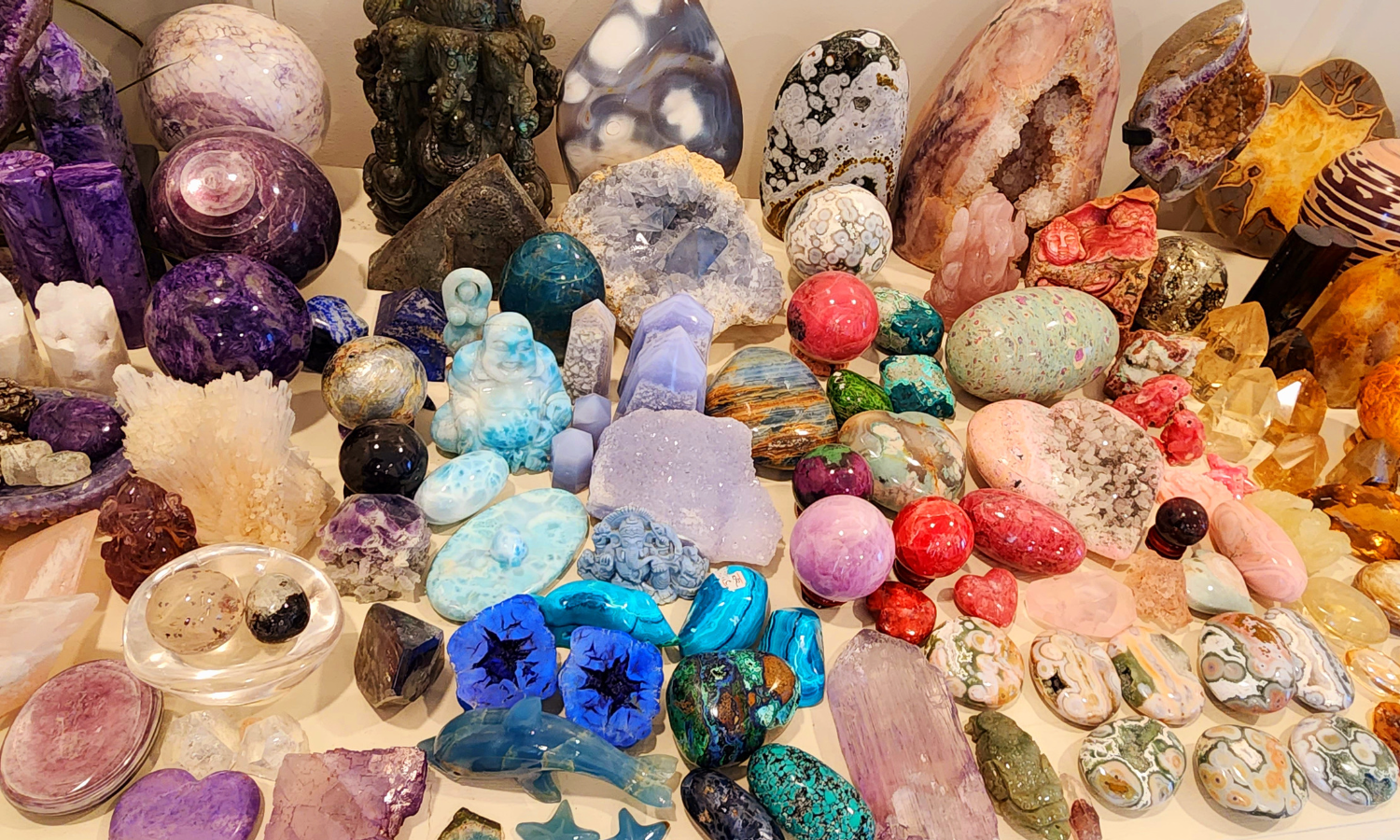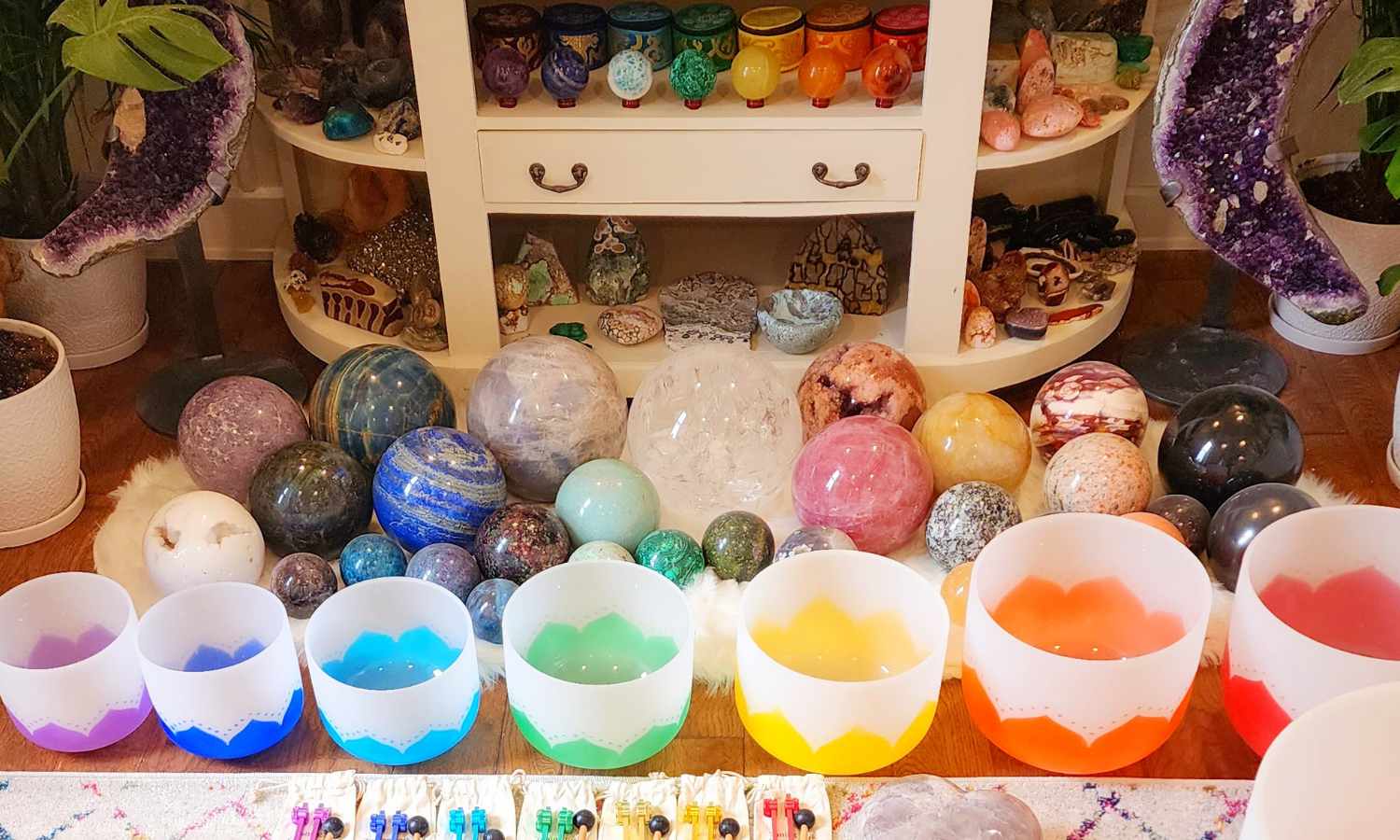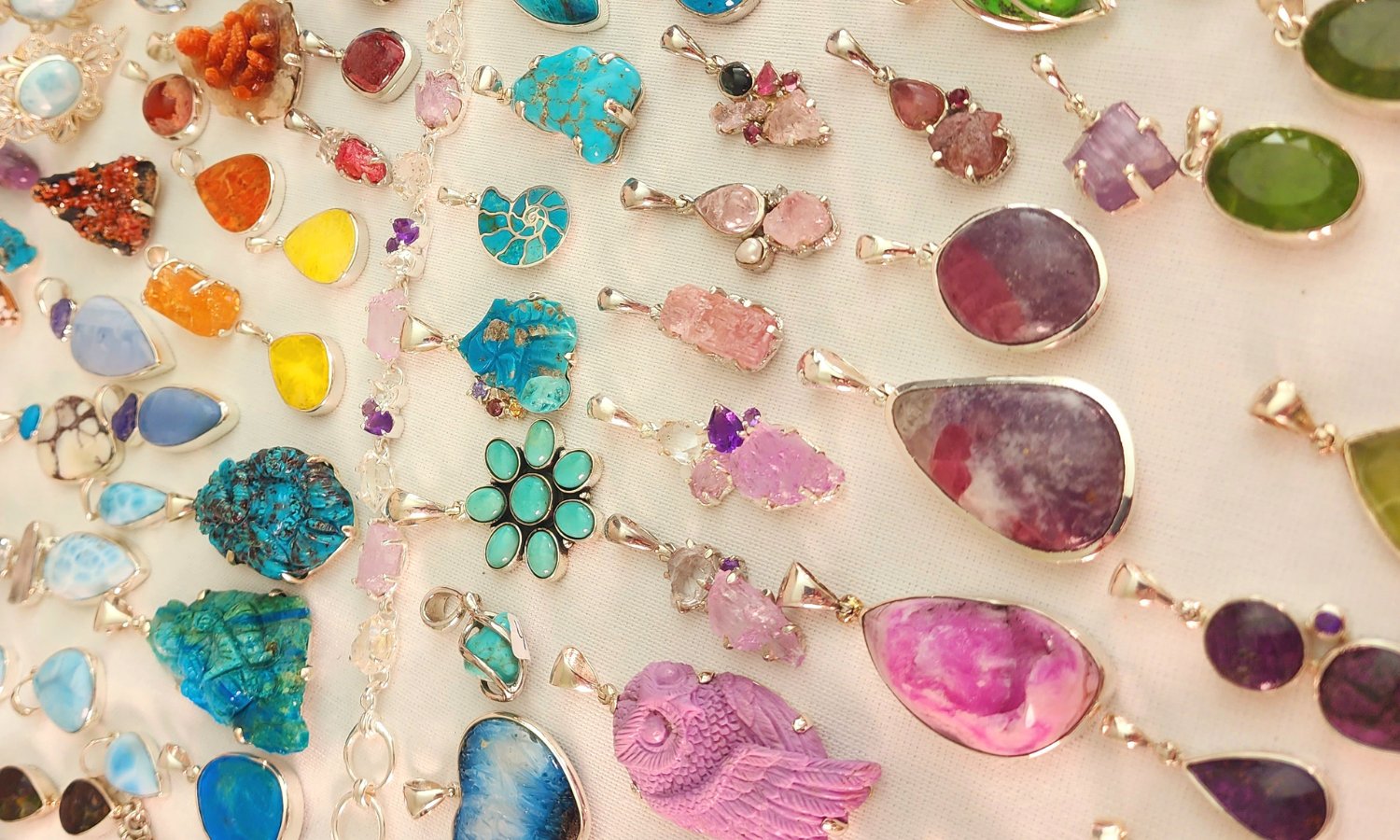
Obsidian
Obsidian is an igneous rock (volcanic glass) that forms when molten rock cools so rapidly that atoms are unable to arrange themselves into a crystalline structure. This creates an amorphous material known as a “mineraloid”. Obsidian forms in many places across the globe in areas of geologically recent volcanic activity. Obsidian is extremely rich in silica (about 65 to 80 percent) and a chemical composition similar to Rhyolite and Granite. Obsidian can form in different cooling environments like along the edges of lava flow, along the edges of a volcanic dome, and where lava contacts water.
Obsidian is generally jet-black in color, the presence of hematite (iron oxide) produces the red and brown varieties, and the inclusion of tiny gas bubbles may create a golden sheen. It can also form as dark bands or mottling in gray, green, or yellow. The word Obsidian, is derived from the Latin word “obsidianus” and named after Obsidius, the Roman who discovered the stone in Aethiopia (also known as Ethiopia) according to famous historian Pliny the Elder.
The use of Obsidian dates back to the Stone Age for use as arrowheads, spear points, knife blades, and scrapers. Anicent civilizations like the Mayans and Aztecs used Obsidian for many uses from knife blades to jewelry. The Aztec deity Tezcatlipoca’s name means “Lord of the Smoking (Obsidian) Mirror”. Obsidian has been used for thousands of years in ceremony, divination and in protection talismans. Historically, it was believed to dispel demons and spirits. Shamans and healers have used Obsidian for thousands of years to gain knowledge from higher realms, heal diseases and wounds.
Obsidian has a profound protective energy that helps you ground into the protective and healing energy from the Earth. With its natural reflective property, Obsidian will help you look into the depths of your soul to find your purpose, guidance and healing.




























































